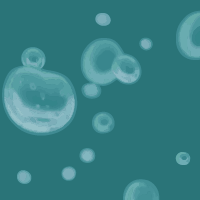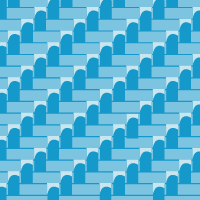Topic Menu
► Topic MenuRecent Advances in Hydrogels
Topic Information
Dear Colleagues,
Hydrogels are a highly versatile class of biomaterials, and their development and application is evolving at a rapid pace, leading to fast progress in material design, development and application. Hydrogels are 3-D networks of hydrophilic polymers or fibres that can swell and hold a large amount of water. Such a network structure is reminiscent of an extracellular matrix and facilitates the diffusion of various molecules (e.g., drugs, growth factors, molecules) and chemical modifications to control molecular and cellular interactions. From a biophysical standpoint, hydrogels’ structure and properties can be tuned to resemble many properties of all natural tissues. Furthermore, hydrogels can be processed into a number of different material formats (e.g., bulk materials, patches, microneedles, micro/nanoparticles), can be made from molecules of different origin (i.e., synthetic, natural), and can be used for various application routes (e.g., injectable, sprayable, implantable), all of which are accelerating their translation into a broad range of biomedical applications. These features make hydrogels important candidates for many applications including biomedical purposes, such as for drug delivery depots, as tissue engineering scaffolds, bioinks for 3D printing and for biosensors. This Topic welcomes original research as well as review articles that explore either the synthesis, characterisation and/or application of hydrogels within the following broad areas. This Topic seeks high-quality works focusing on the following topics:
- Self-assembly;
- Stimuli-responsive;
- Structure-property-processing relationships;
- Peptide, protein, polymer or colloidal hydrogels;
- Bioinks and 3D-bioprinting;
- Drug delivery;
- Tissue Engineering;
- Tissue regeneration;
- Drug discovery;
- Cell therapy;
- 3D organoids;
- Disease modelling;
- Biosensors;
- Supercapacitor hydrogels.
Prof. Dr. Aline F. Miller
Prof. Dr. Florian J. Stadler
Topic Editors
Keywords
- hydrogels
- peptide self-assembly
- polymeric materials
- soft solids
- responsive materials
- self-healing
- fibrillar scaffold
- drug delivery
- tissue engineering
- 3D bioprinting
- bioinks
Participating Journals
| Journal Name | Impact Factor | CiteScore | Launched Year | First Decision (median) | APC |
|---|---|---|---|---|---|

Gels
|
4.6 | 2.9 | 2015 | 11.1 Days | CHF 2600 |

Journal of Composites Science
|
3.3 | 4.5 | 2017 | 14.7 Days | CHF 1800 |

Molecules
|
4.6 | 6.7 | 1996 | 14.6 Days | CHF 2700 |

Polymers
|
5.0 | 6.6 | 2009 | 13.7 Days | CHF 2700 |

MDPI Topics is cooperating with Preprints.org and has built a direct connection between MDPI journals and Preprints.org. Authors are encouraged to enjoy the benefits by posting a preprint at Preprints.org prior to publication:
- Immediately share your ideas ahead of publication and establish your research priority;
- Protect your idea from being stolen with this time-stamped preprint article;
- Enhance the exposure and impact of your research;
- Receive feedback from your peers in advance;
- Have it indexed in Web of Science (Preprint Citation Index), Google Scholar, Crossref, SHARE, PrePubMed, Scilit and Europe PMC.



